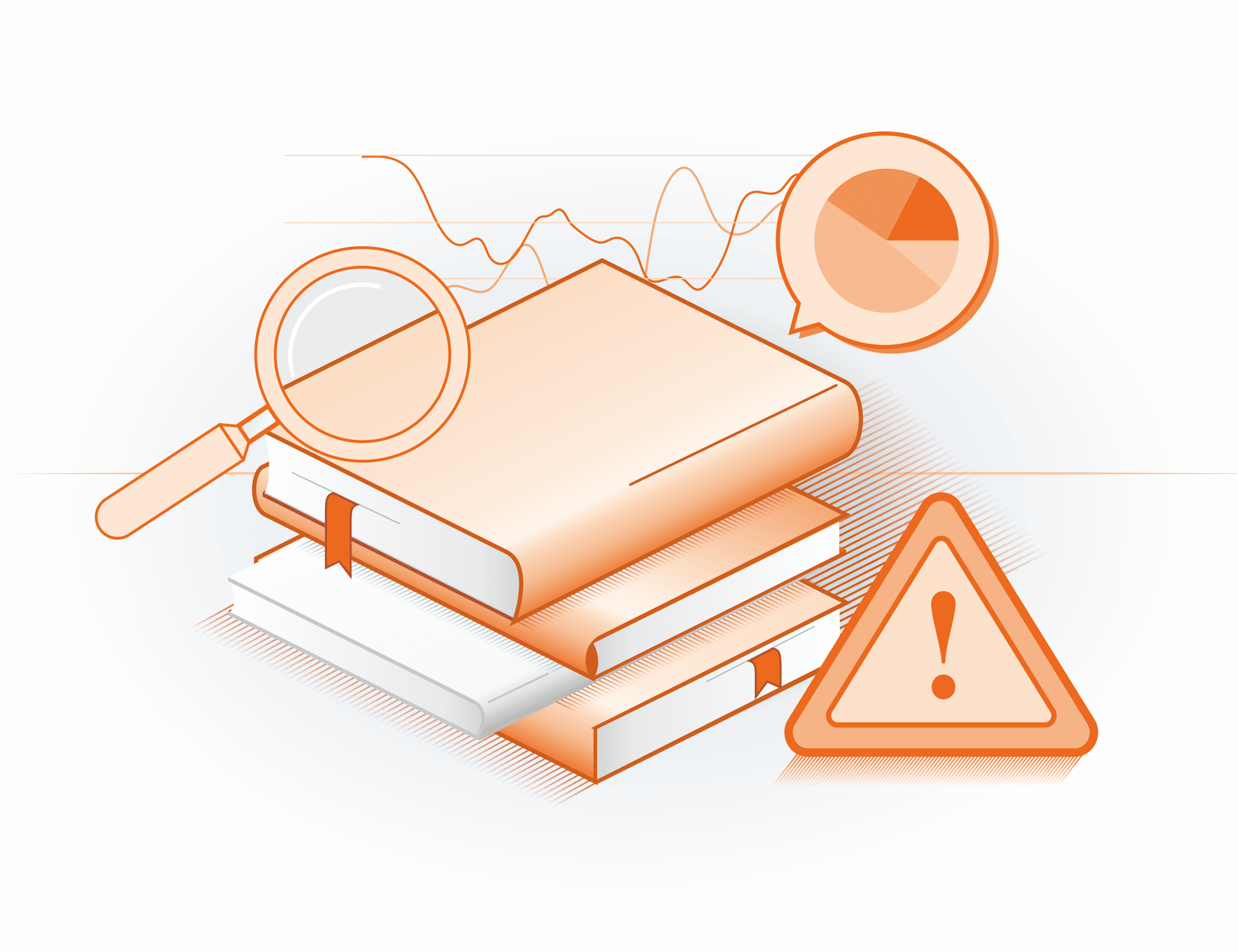Behavioral Analytics


In digital finance, decisions are made in milliseconds – and every click, swipe, or hesitation tells a story. Behavioral analytics is the discipline of collecting and interpreting these stories, transforming patterns of human or machine activity into actionable insights. For banks, digital lenders, BNPL providers, and microfinance institutions, it has become a cornerstone of both fraud prevention and smarter credit decisioning.
Behavioral analytics refers to the study of user interactions within a digital environment, from the pace of typing a form to the way a device scrolls through a webpage. Unlike static identifiers such as names or credit bureau data, behavioral signals are dynamic – they capture intent, rhythm, and subtle inconsistencies that often reveal more than traditional inputs.
Behavioral biometrics is often considered a subset of behavioral analytics. While behavioral analytics looks broadly at digital patterns, behavioral biometrics focuses on unique individual traits such as keystroke dynamics, swipe speed, or pressure on a touchscreen. Together, they create a powerful layer of intelligence – one that is difficult for fraudsters to mimic and highly reliable for risk assessment. At their core, both approaches answer a simple question: does this behavior align with that of a genuine customer, or is it indicative of fraud?
In practice, these methods are often combined with device fingerprinting, which captures static attributes of a device. Fingerprinting alone can be spoofed, but when paired with behavioral signals it provides a stronger and more resilient layer of defense.
The surge in digital transactions has reshaped how risk is evaluated. Traditional fraud checks, once sufficient, are increasingly bypassed through stolen identities, synthetic profiles, and automated scripts. Fraudsters know how to provide clean documents or compromised credentials – but they struggle to mimic authentic behavior in real time.
This is where behavioral analytics in banking shows its value. By monitoring keystroke dynamics, mouse movement, device orientation, or time spent per page, institutions can identify irregularities long before money changes hands. An account takeover attempt, for example, may look flawless on paper but falter when tested against behavioral baselines.
Financial institutions apply behavioral analytics across the customer lifecycle:
In each case, the principle is the same – genuine customers behave in ways that are consistent, complex, and difficult to replicate artificially.
For decision-makers evaluating fraud detection strategies, behavioral analytics offers two advantages. First, it is non-invasive – the data is collected passively during normal interactions, without requiring sensitive personal information. Second, it is adaptive – as fraud tactics evolve, so too does the behavioral dataset, constantly refining baselines and thresholds.
Consider a scenario where a fraudster attempts to execute multiple micro-loans through automated scripts. Device fingerprints might look legitimate, but behavioral analytics reveals robotic consistency in form submissions and navigation. By integrating such signals into fraud analytics in banking, institutions prevent losses before they escalate.
Adopting behavioral analytics is not only a technical choice but also a strategic one. It strengthens compliance with regulatory expectations around strong customer authentication and data minimization. It reduces reliance on static identity checks that can be stolen or falsified. And it directly supports financial inclusion – allowing lenders to evaluate thin-file or new-to-credit customers based on how they interact, not just on what documents they can provide.
For banks and fintechs building scalable risk systems, behavioral analytics complements other advanced tools such as device intelligence and alternative credit scoring. Together, they create a layered defense against fraud while enabling faster, more inclusive growth.
Get a live session with our specialist who will show how your business can detect fraud attempts in real time.
Learn how unique device fingerprints help you link returning users and separate real customers from fraudsters.
Get insights into the main fraud tactics targeting your market — and see how to block them.
Phone:+971 50 371 9151
Email:sales@juicyscore.ai
Our dedicated experts will reach out to you promptly